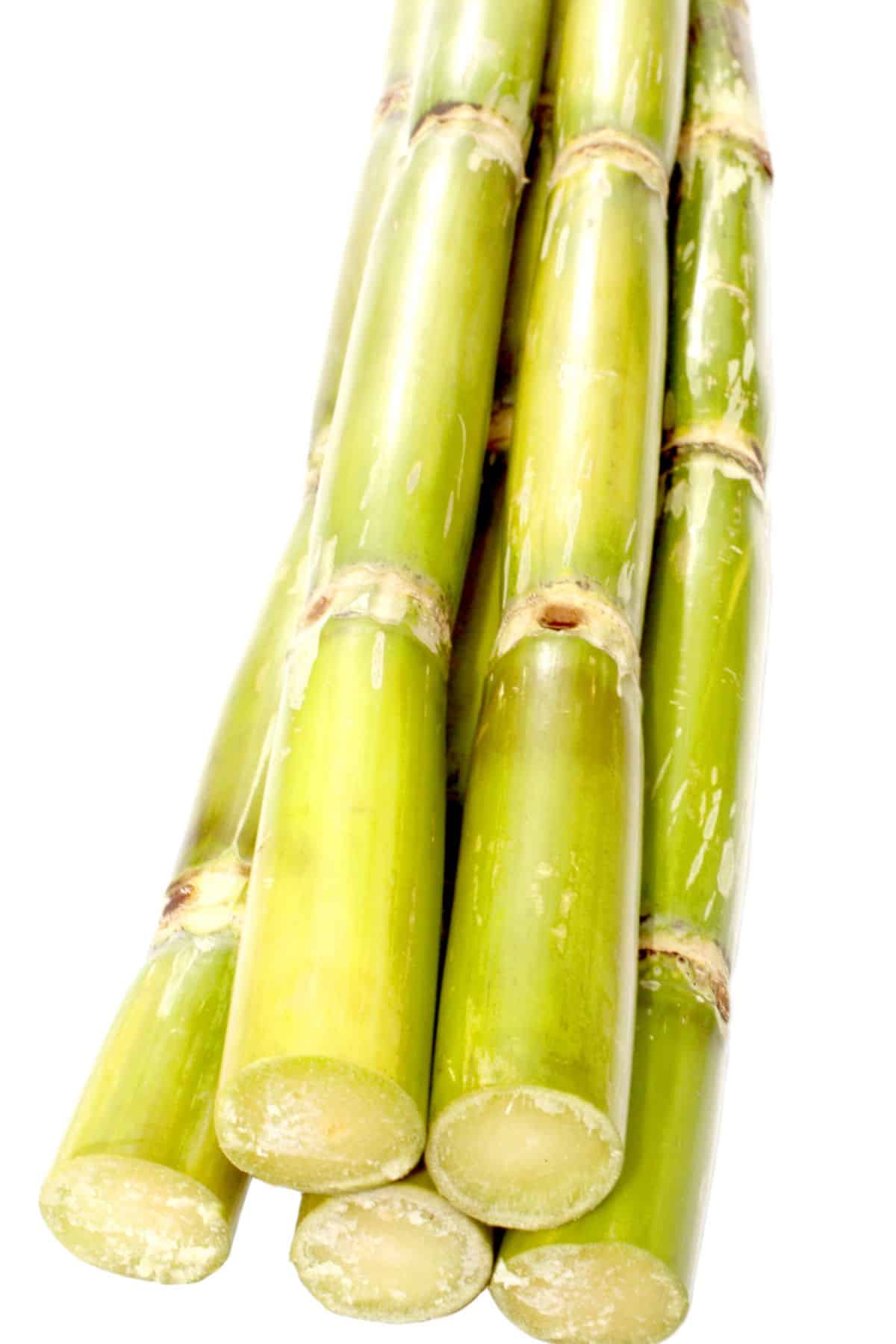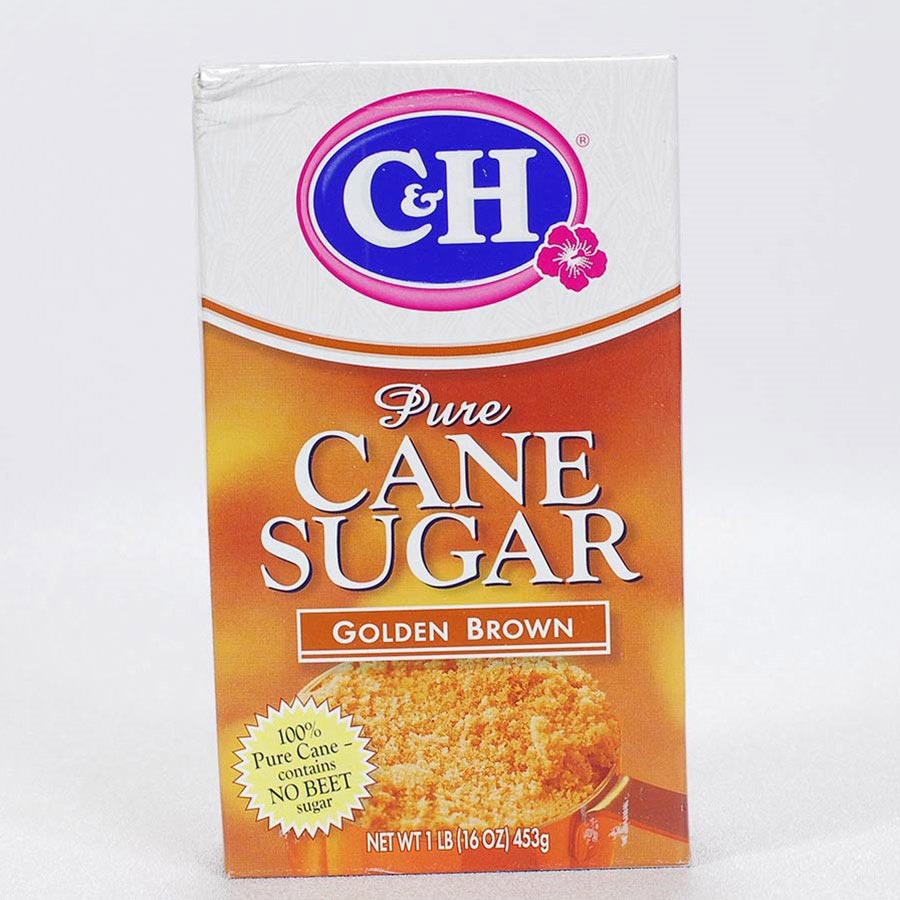Cane Sugar Processing: Secret Technologies for Superior Sugar Production
Cane Sugar Processing: Secret Technologies for Superior Sugar Production
Blog Article
Checking Out the Comprehensive Tips Involved in Cane Sugar Processing From Collecting to Improvement
The procedure of walking cane sugar manufacturing incorporates a series of elaborate actions, starting with the careful harvesting of sugarcane and finishing in the refinement stages that ensure the end product satisfies sector requirements. Each stage, from the extraction of juice to the filtration and formation processes, plays a crucial function in figuring out the top quality and character of the sugar. Recognizing these phases not only highlights the intricacy of sugar production however also elevates crucial concerns about performance, sustainability, and development in the market. What ramifications do these variables have for future techniques?
Collecting Sugarcane
Harvesting sugarcane is a vital action in the walking cane sugar handling chain, as it straight influences the high quality and yield of the end product. Appropriate timing and methods are crucial throughout this stage to guarantee ideal sugar web content and minimize losses. Usually, sugarcane is collected when it gets to maturation, usually 12 to 18 months after planting, characterized by a high sucrose focus.

Post-harvest, the sugarcane needs to be processed quickly to stop sucrose deterioration. Preferably, harvested walking stick should be moved to processing centers within 24 hours to protect sugar quality. For that reason, effective logistical planning is critical to maintain the honesty of the gathered crop throughout the supply chain.
Removal Process

The crushed walking cane goes through a series of pressing procedures to make best use of juice recuperation. Generally, warm water is sprayed onto the crushed cane, creating a countercurrent circulation that aids liquify the sugar while likewise aiding in the extraction process. The juice accumulated from this procedure has not just sugar however also different natural compounds and pollutants.

To enhance extraction effectiveness, some centers may utilize diffusion methods, where the sugarcane is taken in warm water, allowing the soluble sugars to diffuse into the liquid. The resulting juice, abundant in sucrose, is then routed to subsequent handling stages, laying the foundation for filtration and refinement. The removal process is therefore critical in determining the top quality and yield of the last sugar item.
Purification Strategies
The purification strategies utilized in cane sugar handling are important for changing the raw juice into a top quality sugar item. These techniques primarily intend to eliminate impurities, such as dirt, plant materials, and inorganic compounds, which can negatively affect the end product's taste and color.
Among the most common purification techniques is explanation. This process includes including lime and warmth to the raw juice, which assists in the coagulation of impurities. The resulting precipitate is after that gotten rid of with sedimentation or purification, yielding a more clear juice. In addition, the use of phosphoric acid can improve the explanation process by further binding contaminations.
One more considerable strategy is carbonatation, where co2 is presented to the clarified juice. This reaction creates calcium carbonate, which catches continuing to be pollutants and advertises their elimination.
In addition, activated carbon therapy may be put on adsorb any type of staying colorants and organic pollutants, ensuring a much more refined product. The combination of these methods effectively prepares the sugar juice for succeeding actions in the refining procedure, establishing the stage for the production of top quality cane sugar.
Condensation Methods
After the purification stage, the following essential action in walking cane sugar handling includes condensation techniques, which play an essential duty in changing the made clear juice right into strong sugar. This process normally uses 2 main approaches: spontaneous crystallization and regulated formation.
In spontaneous formation, supersaturated sugar options are enabled to cool down normally, bring about the development of sugar crystals in time. This approach is less complex but might result in irregular crystal sizes and reduced pureness degrees. On the other hand, regulated condensation is a more exact technique where seeding, focus, and temperature level representatives are diligently managed. This method permits the consistent growth of sugar crystals and higher purity.
Throughout condensation, the made clear juice is focused through dissipation, enhancing its sugar material till it gets to supersaturation. Once this point is accomplished, either approach can promote the crystallization process. Cane Sugar Processing. The resultant sugar crystals are then separated from the staying syrup via centrifugation
Inevitably, the choice of crystallization method affects the high quality, dimension, and pureness of the last sugar item, making this action vital in the general walking stick sugar handling treatment.
Improvement and Product Packaging
Exactly how can the purity and quality of cane sugar be further boosted after crystallization? The improvement procedure plays a vital duty in attaining top notch walking cane sugar.
Following, the sugar is subjected to a process called centrifugation, where it is rotated at high rates to try this separate the purified sugar crystals from the continuing to be fluid. After centrifugation, the sugar is typically further refined via a technique called carbonization or phosphatation, which uses activated carbon or phosphoric acid to get rid of color and off-flavors.
Once fine-tuned, the sugar is dried out to achieve the wanted moisture content, making sure that it remains secure during storage and transport. The check my source last step entails product packaging the refined sugar in impermeable and moisture-proof containers to keep its top quality and protect against contamination. Cane Sugar Processing. Appropriate packaging not just extends life span yet also facilitates simple handling and circulation, making sure that customers receive sugar that satisfies the highest possible requirements of pureness and top quality
Final Thought
The comprehensive steps associated with walking stick sugar handling, from the meticulous harvesting of sugarcane to the elaborate improvement and product packaging phases, underscore the significance of each stage in making certain premium sugar manufacturing. Optimal harvesting strategies, reliable extraction methods, and extensive filtration processes jointly contribute to the last product's pureness and security. The formation and subsequent packaging techniques better improve the integrity and life span of the sugar, highlighting the complexity and accuracy integral in this crucial farming sector.
The process of walking cane sugar production encompasses a series of elaborate actions, beginning with the careful harvesting of sugarcane and culminating in the refinement phases that make certain the last item satisfies industry standards. Ideally, harvested cane should be carried to refining facilities within 24 hours to protect sugar high quality.In spontaneous formation, supersaturated sugar remedies are enabled to cool down naturally, leading to the development of sugar crystals over time - Cane Sugar Processing. his comment is here The refinement process plays a vital role in achieving top notch walking cane sugar.The comprehensive actions entailed in cane sugar handling, from the careful harvesting of sugarcane to the intricate refinement and product packaging phases, underscore the value of each phase in making certain high-grade sugar production
Report this page